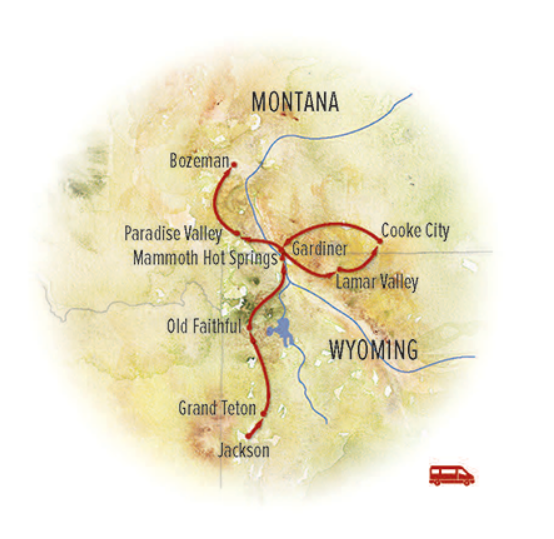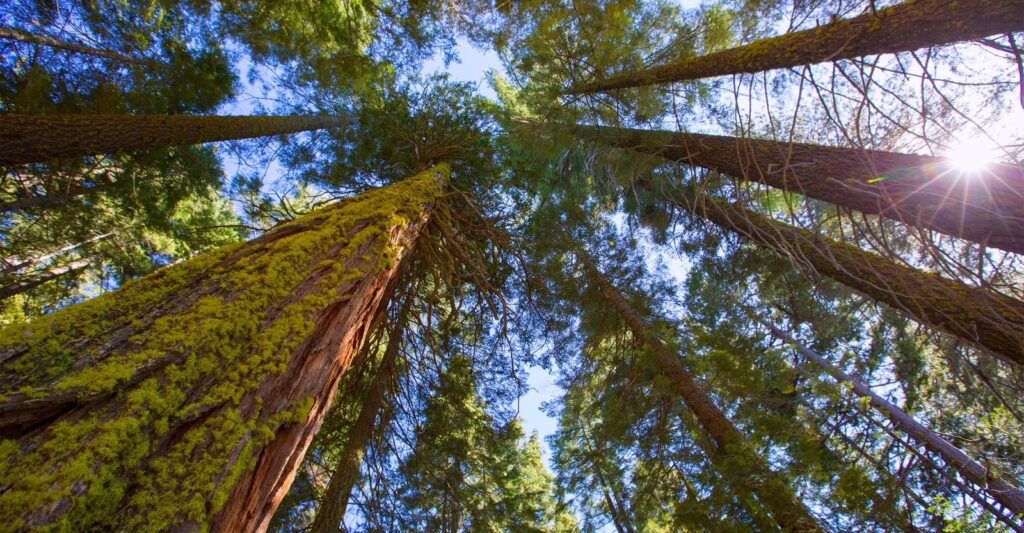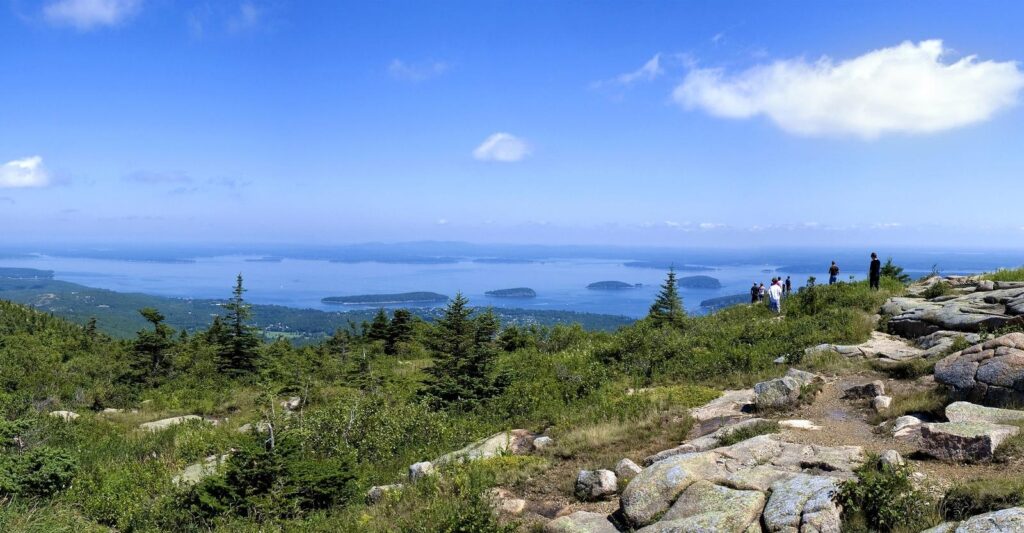Overview
When President Theodore Roosevelt encountered Yellowstone’s wondrous geology and abundant animals during a visit to America’s first national park in 1903, he proclaimed it “absolutely unique in the world.” Embracing natural beauty as a shared asset, he championed the idea of national parks, building a priceless legacy for generations to follow. ![]() In the northwest corner of Wyoming, two of America’s most treasured parks offer scenic grandeur and prolific wildlife unparalleled in the Lower 48, with outstanding opportunities for nature photography. This classic small-group safari through Yellowstone and the Tetons takes us into the domain of elk and bison, moose, bighorn sheep, coyotes, foxes, bald eagles and, of course, black bears, grizzlies and wolves. From plains to peaks, Yellowstone Country still works strong magic.
In the northwest corner of Wyoming, two of America’s most treasured parks offer scenic grandeur and prolific wildlife unparalleled in the Lower 48, with outstanding opportunities for nature photography. This classic small-group safari through Yellowstone and the Tetons takes us into the domain of elk and bison, moose, bighorn sheep, coyotes, foxes, bald eagles and, of course, black bears, grizzlies and wolves. From plains to peaks, Yellowstone Country still works strong magic.
Itinerary
Please fill out the form below to request a quote for rates.
Included
- Accommodations, meals from dinner on Day 1 to breakfast on final day, drinking water throughout the trip, services of Nat Hab Expedition Leaders and local guides, airport transfer on Day 1 and final day, some gratuities, all permits, entrance fees and taxes.
Not Included
- Travel to and from start and end points of trip, alcoholic beverages, some gratuities, passport and visa fees, optional activities, items of a personal nature (phone calls, souvenirs, etc.), airline baggage fees, airport and departure taxes, optional travel insurance.
Map























